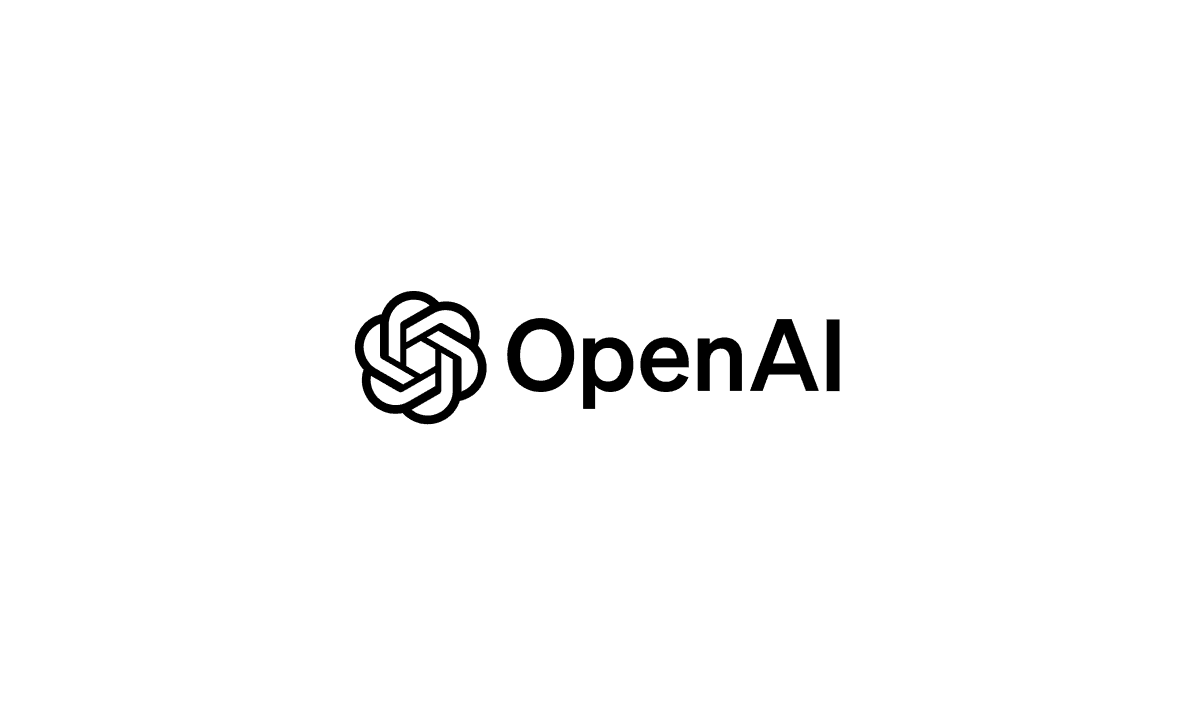$500 billion, 2,500 jobs, One goal: OpenAI and Oracle’s giant leap to control the future of AI

OpenAI and Oracle’s $500B Stargate data center to rise in Michigan.
OpenAI and Oracle have officially announced plans to construct a 1-gigawatt “Stargate” data center in Saline Township, Michigan, marking one of the most ambitious AI infrastructure projects in U.S. history. Partnering with Related Digital, the companies will invest billions to create a next-generation campus designed to fuel OpenAI’s exponential demand for computing power.
The project highlights the tech industry’s surging appetite for massive energy-intensive data facilities as companies race to build systems capable of training and running increasingly sophisticated AI models. Industry estimates suggest such a facility could cost up to $50 billion, enough to power 750,000 U.S. homes.
Michigan Lands the Largest Economic Project in Its History
Michigan Governor Gretchen Whitmer hailed the project as “the largest economic development in Michigan’s history,” celebrating it as a turning point for the state’s high-tech sector. The multi-billion-dollar facility is expected to create over 2,500 union construction jobs, plus hundreds of permanent and indirect roles across Washtenaw County.
Whitmer emphasized that the decision by OpenAI and Oracle to build in Michigan reflects the state’s rising competitiveness in next-generation industries. She credited bipartisan tax incentives and investments in infrastructure for helping Michigan attract major companies like OpenAI, Oracle, and Related Digital.
READ ALSO
Could the PayPal and OpenAI partnership redefine the future of digital payments and boost its stock?
Nvidia $100 Billion bet on OpenAI: Will this redefine the future of AI?
Inside the Stargate Expansion: A $500 Billion Push Toward AI Supremacy
The Michigan complex forms part of OpenAI and Oracle’s broader 4.5-gigawatt Stargate initiative, a nationwide network of hyperscale data centers built to support AI development. With six additional U.S. sites under development, Stargate aims to exceed 8 gigawatts of capacity and $450 billion in total investment by 2028.
The companies said the expansion keeps Stargate ahead of schedule in meeting its 10-gigawatt, $500 billion infrastructure goal, though OpenAI has yet to disclose exact funding sources. Analysts see the move as a cornerstone of OpenAI’s plan to scale its systems as it moves toward a possible $1 trillion IPO.
Why Michigan? The Strategic Edge That Won the Bid
Michigan beat several other U.S. states to host the Stargate facility thanks to a powerful mix of legislative incentives, skilled labor, and available land. The site will utilize a closed-loop water system, ensuring no new water is drawn from the Great Lakes, while preserving over 700 acres of farmland, forest, and wetland.
Additionally, House Bill 4906, signed earlier this year by Governor Whitmer, offers sales and use tax exemptions for data center equipment through 2050, making Michigan one of the most cost-competitive states for AI infrastructure. Its proximity to the University of Michigan and Eastern Michigan University also provides a steady pipeline of local tech talent.
AI’s Growing Energy Appetite: A Race for Computing Power
The 1-gigawatt Michigan data center underscores how quickly AI’s energy and computing demands are escalating. As generative AI models like ChatGPT become more advanced, training them requires massive energy consumption and specialized hardware such as Nvidia’s Blackwell AI chips.
Industry experts note that OpenAI’s growing compute needs are shaping the future of global energy use and cloud partnerships. Oracle’s cloud infrastructure, already integral to OpenAI’s model training, will serve as the backbone for the new site, combining renewable energy sources with high-performance compute clusters.
Job Creation, Local Investments, and Community Benefits
Beyond its technical impact, Stargate Michigan is expected to deliver tangible economic benefits to local communities. Related Digital has pledged an additional $14 million to boost fire departments, farmland preservation funds, and local community programs. A Michigan Department of Transportation study also gave the project an “A” rating for minimal traffic impact.
Whitmer’s administration has positioned the investment as proof that Michigan can compete with California and Texas for high-tech industries. “This investment sends a clear message, if you want to build the future, you can build it in Michigan,” she said.
OpenAI’s Strategic Restructure and Global Ambition
Earlier this week, OpenAI completed a corporate restructuring allowing it to move beyond its non-profit framework, signaling readiness for commercial expansion and greater investor participation. The Michigan project is viewed as a major step toward OpenAI’s long-term independence from cloud partners like Microsoft.
By building its own infrastructure alongside Oracle, OpenAI aims to secure faster innovation cycles, reduce operational costs, and expand its global footprint. Analysts believe this strategy will help the company stay competitive against emerging players in China and the Middle East investing heavily in AI compute infrastructure.
Risks and Questions Surrounding AI’s Infrastructure Boom
Despite the excitement, economists warn that the AI infrastructure boom could create a tech-investment bubble if companies overestimate demand or underestimate energy constraints. With global AI spending projected to exceed $1 trillion, investors are watching closely for signs of overheating.
However, proponents argue that massive infrastructure investments are essential to keep pace with AI evolution. As OpenAI scales its systems and models, these data centers may define the competitive edge for nations and corporations in the AI arms race of the coming decade.
FAQ
1. What is the OpenAI Stargate project in Michigan?
It’s a 1-gigawatt hyperscale data center in Saline Township built by OpenAI, Oracle, and Related Digital to power next-generation AI systems.
2. Why is this project considered historic for Michigan?
Governor Gretchen Whitmer called it the largest economic project in state history, expected to generate thousands of jobs and billions in investment.
3. How much is the Michigan data center expected to cost?
While the companies haven’t disclosed the exact amount, similar 1-GW facilities can cost around $50 billion.
4. What makes this data center environmentally friendly?
It uses a closed-loop water system requiring no new water from the Great Lakes and preserves 700+ acres of natural land.
5. When will construction start?
Groundbreaking is scheduled for early 2026, with completion expected within three years.
6. What is OpenAI’s Stargate initiative?
Stargate is a $500 billion infrastructure program to build 10 GW of data-center capacity across multiple U.S. sites.
7. How many jobs will the Michigan site create?
The project will bring 2,500 construction jobs, 450 permanent positions, and 1,500 additional regional jobs.
8. Why did OpenAI choose Michigan?
Michigan’s workforce, tax incentives, and proximity to major universities made it ideal for long-term AI infrastructure investment.
9. What is the link between this project and OpenAI’s valuation?
The Stargate build-out supports OpenAI’s scalability and could underpin its potential $1 trillion IPO.
10. Could the AI infrastructure boom become a bubble?
Some experts warn of overinvestment risks, but most see it as necessary to meet the exploding global demand for AI computing power.




